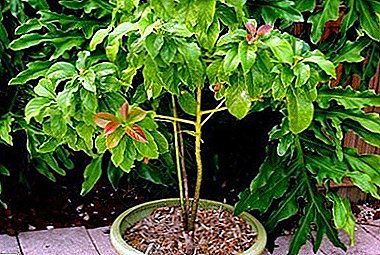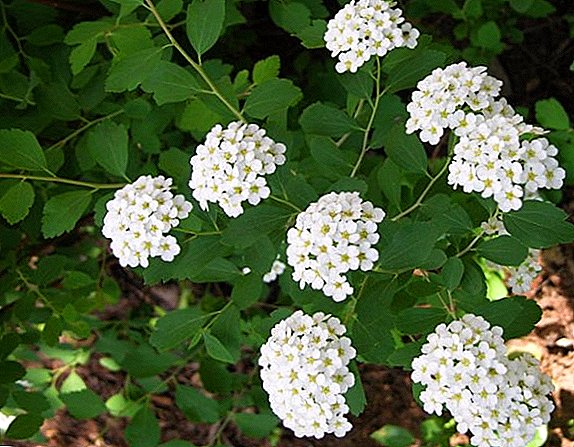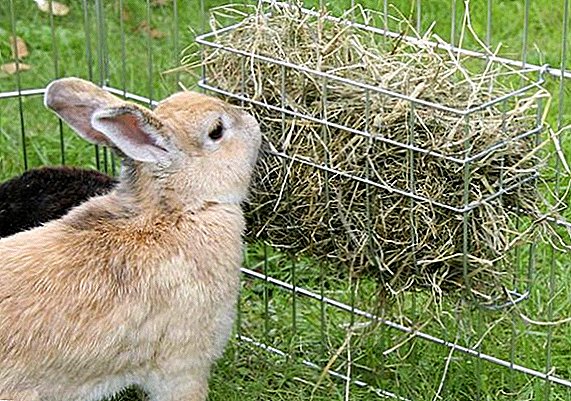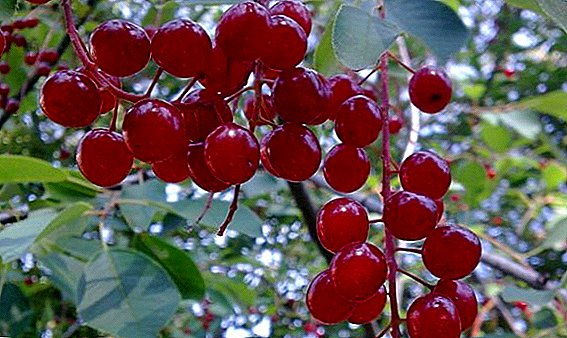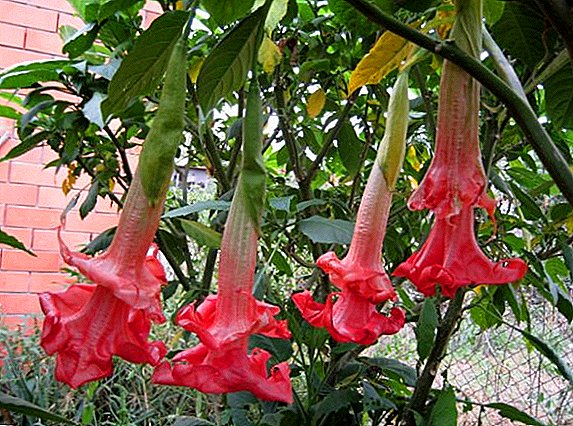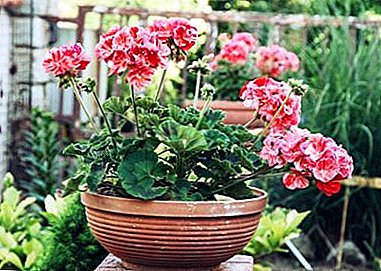
Geranium is an unpretentious and easy-to-care home plant that fits in with any flower arrangement. Crane (another name for geraniums) can be either a houseplant or a garden flower. Of a large number of varieties and varieties, even an experienced grower can choose a plant to their liking. Of course, first of all geranium attracts with its lush flowering. However, in order for the flower to delight you with beauty all the time, learn to care for it even after it has faded. How and when the geranium blooms and what should be done by the grower after this period will be described in this article.
When and how many buds bloom?
If the geranium has enough light, the new inflorescences will gradually emerge, and the flowering period will be from March to mid-December. The life of one flower is small - only 3-10 days, but in their inflorescence up to 50 pieces. Beautiful colorful buds bloom gradually, and the plant pleases with festive brushes throughout the flowering period.
During flowering on the buds and inflorescences should not get waterotherwise they will wither and fall.
If the crane does not bloom during this period, then the problem may be in the wrong watering, lighting, pot, irregular feeding, untimely or improper pruning, or flower diseases. If the geranium grows in the open air, then after the development of the flower, pollination will occur and fruit will form.
Features
 Winter for geranium, as for almost all indoor flowers, is a period of rest. In the cold season, the plant is resting and gaining strength.so that in the spring new inflorescences with buds reappear.
Winter for geranium, as for almost all indoor flowers, is a period of rest. In the cold season, the plant is resting and gaining strength.so that in the spring new inflorescences with buds reappear.
In the period of flowering, it is important for the crane to provide optimal conditions - to put in a bright place, but not in direct sunlight, since they leave burns on the leaves and have a detrimental effect on young buds. But in the shade it is not necessary to put, because during the flowering period in the leaves of the flower photosynthesis is especially active.
Tip! Geranium is best to put in a light shade - then the flowers will become brighter.
During this period, the plant should be especially actively fed, as the formation of buds and inflorescences takes a lot of power. Therefore, it is necessary to fertilize and water it abundantly, but not often. Geranium tolerates a small drought better than frequent and abundant watering.
What to do next with faded flowers?
Already faded color brushes should be removed, because:
- The plant spends on them vitality, trying to recover.
- Removing wilted inflorescences, the emergence of new flowers is activated.
- Faded flowers spoil the appearance of the plant.
- Without removing the inflorescences, the crane is drawn out and does not look attractive.
Further care
When geranium has faded, a reasonable question arises: what to do with it next? The answer is simple: when the crane has blossomed, and new inflorescences do not appear, it must be prepared for wintering.
For this you need:
- Move to a bright room with a temperature of +10 to +12 degrees.
- Cut irrigation, so as not to rot the roots.
- A few weeks later the geranium returns to the room. Watering does not increase.
Such preparation will help the flower to adapt to changing temperatures and smoothly move to the wintering stage, while retaining the potential for flowering.
The plant is provided with additional lighting, so that the light day lasts for about 12 hours, in order to:
- leaves and shoots have not lost their green color;
- young stems constantly appeared;
- the bush did not pull out;
- The plant was gaining strength to make new buds.
Some gardeners are advised to cut the buds formed in the winter, during the period of rest, so that the exhausted geranium gained strength for the spring flowering.
Do I need to prune the plant?
The answer to the question of whether to cut geranium after flowering, unambiguous - need. This is done so that during the winter months the plant will recuperate and new ones will appear on the site of the cut branches. Crane should be cut off with sharp disinfected tools. The cut is made over the leaf node at an oblique angle.
 With the help of pruning a lush bush is formed, and the inflorescences that appear in spring will be thick. But the main purpose of pruning is thinning the crown so that there is better ventilation, and more light falls on the plant. If it is right and in time to cut, namely after the last buds have dried, the subsequent flowering will be lush and long. Cropped twigs can be used as cuttings for flower propagation.
With the help of pruning a lush bush is formed, and the inflorescences that appear in spring will be thick. But the main purpose of pruning is thinning the crown so that there is better ventilation, and more light falls on the plant. If it is right and in time to cut, namely after the last buds have dried, the subsequent flowering will be lush and long. Cropped twigs can be used as cuttings for flower propagation.
In the bush of geranium it is necessary to cut off all the branches that are directed inside the crown to give free rein to the growing out. After pruning, the crane will need to be fed using a top dressing for flowering plants.
Caution! Fresh organic fertilizer should not be applied to geranium. She does not tolerate them!
Geranium is a living creature that needs care and attention. It is important to care for your green pet, not only when it blooms, but also during the rest period. After all, the quality and care of the winter, after flowering, depends on the beauty and splendor of inflorescences in spring.



